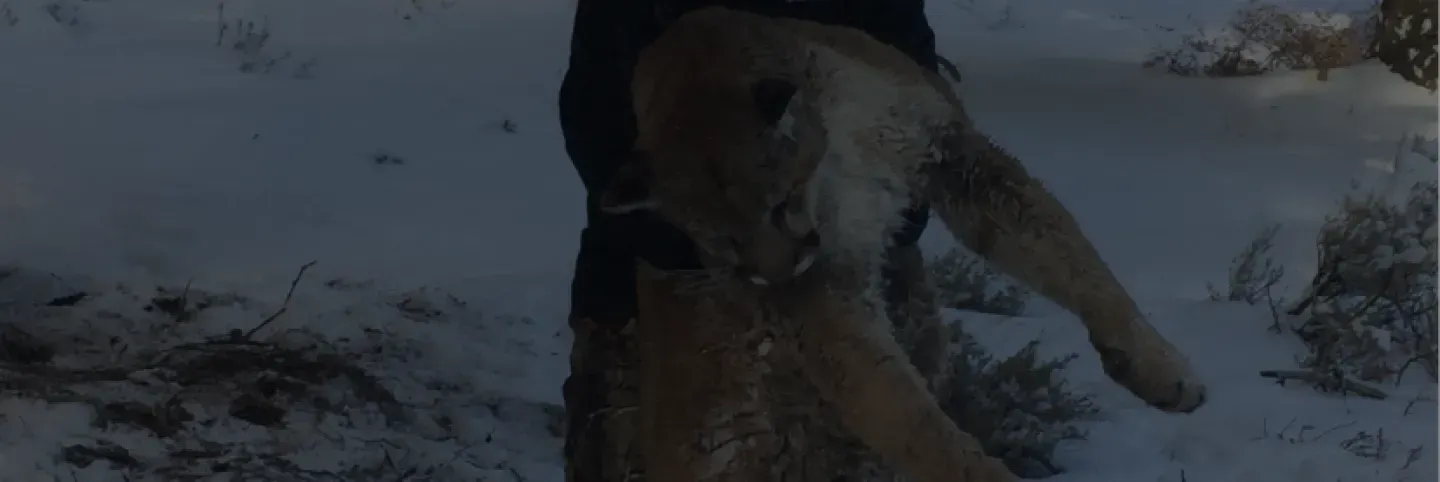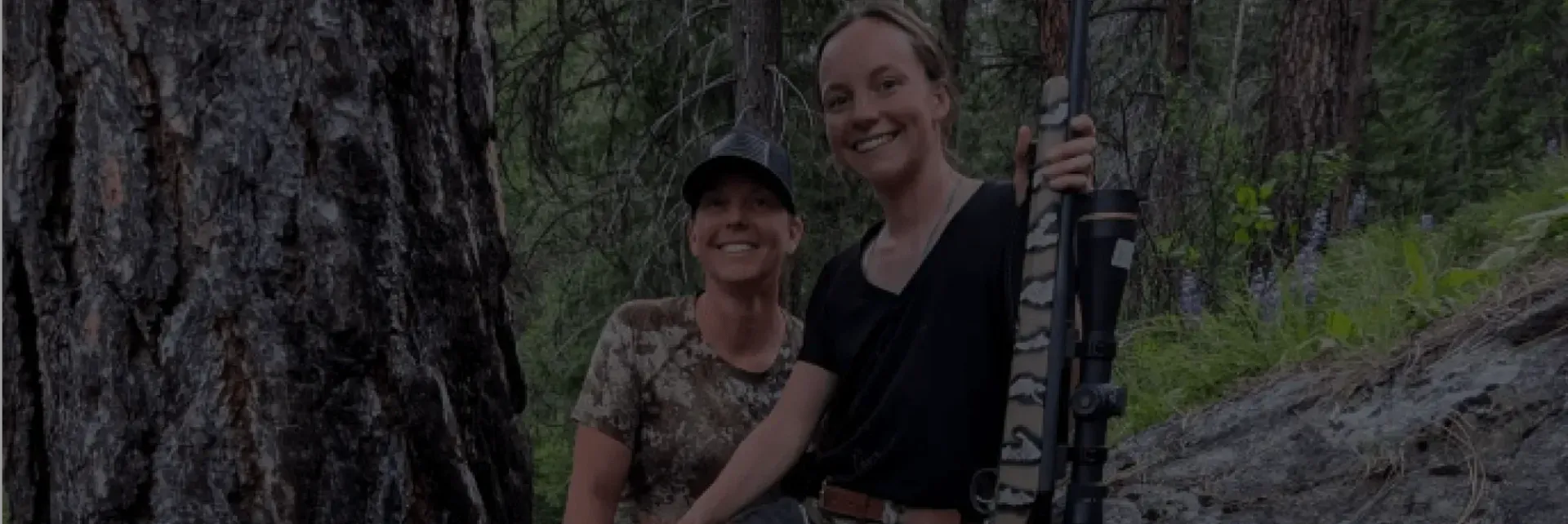HOW TO MASTER THE WILDERNESS AND PREPARE FOR A HUNT
How To Prepare
Embarking on a multi-day hunt in the wilderness is not just an adventure; it's a test of skill, endurance, and preparation. Whether you're a seasoned hunter or a newcomer to the wild, thorough planning is essential for a successful and safe journey. Here’s a comprehensive guide to help you prepare for your excursion into the untamed wilderness.
Assess Your Skills and Knowledge
Before setting out, honestly evaluate your hunting and survival skills. If you lack experience in certain areas, consider taking classes or workshops to enhance your abilities. Familiarize yourself with the terrain, local wildlife, and hunting regulations of the area you’ll be exploring.
Plan Your Itinerary
Create a detailed itinerary outlining your route, camping locations, and daily hunting schedules. Factor in variables like weather conditions, sunrise and sunset times, and the movement patterns of your target game. Share your itinerary with a trusted friend or family member in case of emergencies.
Gear Preparation
Investing in quality gear can make a world of difference in the wilderness. Here's a checklist of essential items to pack:
- **Hunting Equipment**: Rifle or bow, ammunition or arrows, hunting knife, and any specialized gear for your chosen prey.
- **Camping Gear**: Tent, sleeping bag rated for the expected temperatures, sleeping pad, portable stove, cookware, and lightweight, high-nutrition food.
- **Clothing**: Layered clothing suitable for various weather conditions, including moisture-wicking base layers, insulating mid-layers, and waterproof outer layers. Don't forget sturdy boots, gloves, and a hat.
- **Navigation Tools**: Topographic maps, compass, GPS device, and a reliable communication device such as a satellite phone or emergency beacon.
- **First Aid Kit**: Include essential medical supplies like bandages, antiseptic wipes, pain relievers, and any personal medications.
- **Survival Essentials**: Fire-starting materials, water purification tablets or filtration system, emergency shelter (such as a lightweight tarp), and a multi-tool.
**Hydration and Nutrition**: Carry ample water or a means to purify water from natural sources, as well as high-energy snacks like trail mix, energy bars, and jerky.
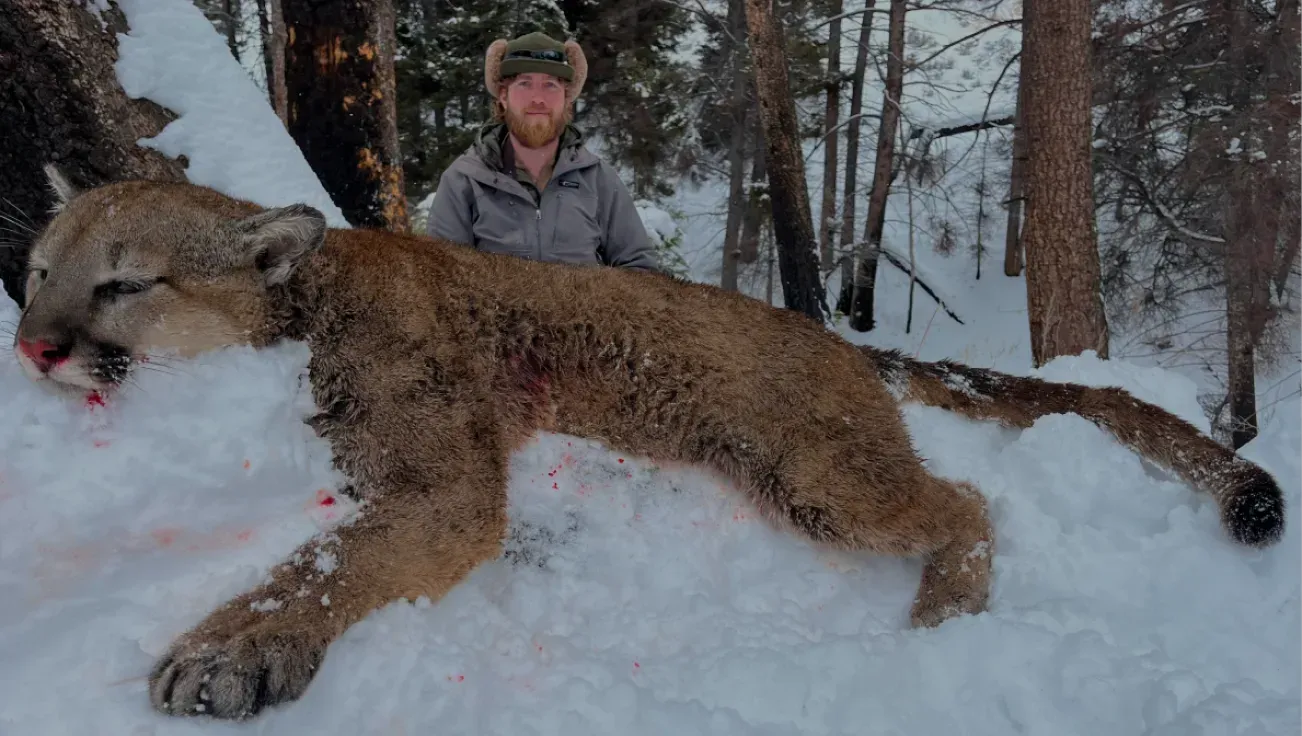
Physical Conditioning
A week-long hunt in the wilderness demands physical fitness. Prioritize cardiovascular exercise, strength training, and hiking with a loaded pack to build endurance and strength. Start conditioning several weeks before your trip to avoid fatigue and injury during your expedition.
Mental Preparation
Mental resilience is as crucial as physical fitness in the wilderness. Practice mindfulness techniques, visualization, and positive self-talk to stay focused and composed in challenging situations. Embrace the solitude of nature as an opportunity for self-reflection and personal growth.
Safety Measures
Safety should always be your top priority in the wilderness. Take precautions to minimize risks and be prepared for emergencies:
- **Fire Safety**: Follow local regulations regarding campfires, and always ensure they are fully extinguished before leaving.
- **Wildlife Awareness**: Learn about the behavior of local wildlife, and take precautions to avoid encounters.
- **Emergency Protocols**: Familiarize yourself with basic first aid procedures, wilderness survival techniques, and how to signal for help in case of emergencies.
Leave No Trace
Respect the wilderness by adhering to Leave No Trace principles. Pack out all trash, avoid damaging vegetation, and camp on durable surfaces whenever possible. Minimize your impact on the environment to preserve its beauty for future generations of hunters and outdoor enthusiasts.
Conclusion
Preparing for a hunt requires meticulous planning, physical conditioning, and mental fortitude. By assessing your skills, planning your itinerary, packing the right gear, and prioritizing safety, you can embark on your expedition with confidence and have an unforgettable adventure in the heart of nature. Remember to respect the wilderness, embrace the challenges it presents, and cherish the moments of solitude and connection with the natural world. Happy hunting!
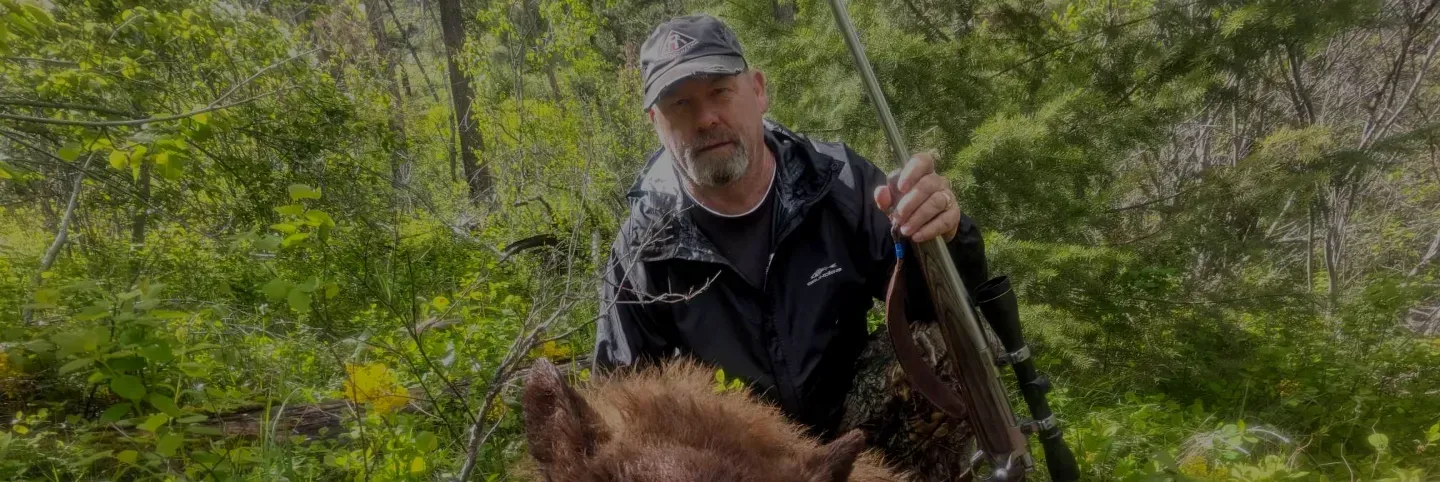

Licensed Oufitter #24081
Brandon Jensen
Your gateway to premier hunting adventures and unforgettable experiences.
